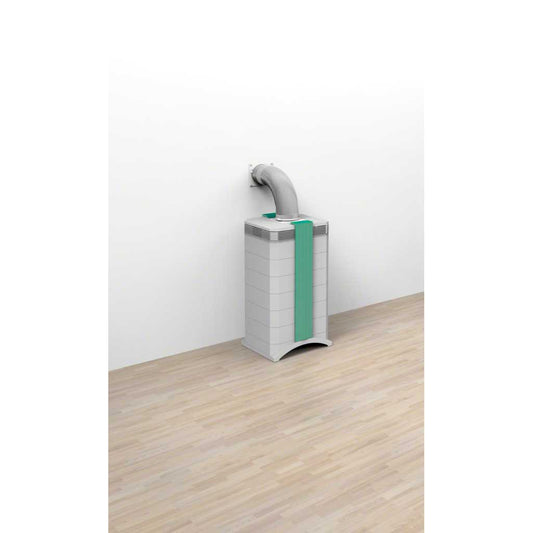
Isolation Rooms
Protecting patients, staff and visitors in medical environments from airborne contamination and infectious disease can require the creation of negative and/or positive pressure isolation rooms. Sometimes these isolation rooms have to be set up quickly, at budget or in the least disruptive way.
Commercial Air Filtration provides quick and easy to install high-performance air purification solutions that offer H13 HEPA filtration for both negative and positive pressure environments.
One mobile IQAir high-performance air cleaning unit, in conjunction with an IQAir InFlow or OutFlow accessory provides an easily deployed solution for either a negative or positive pressure isolation room.




